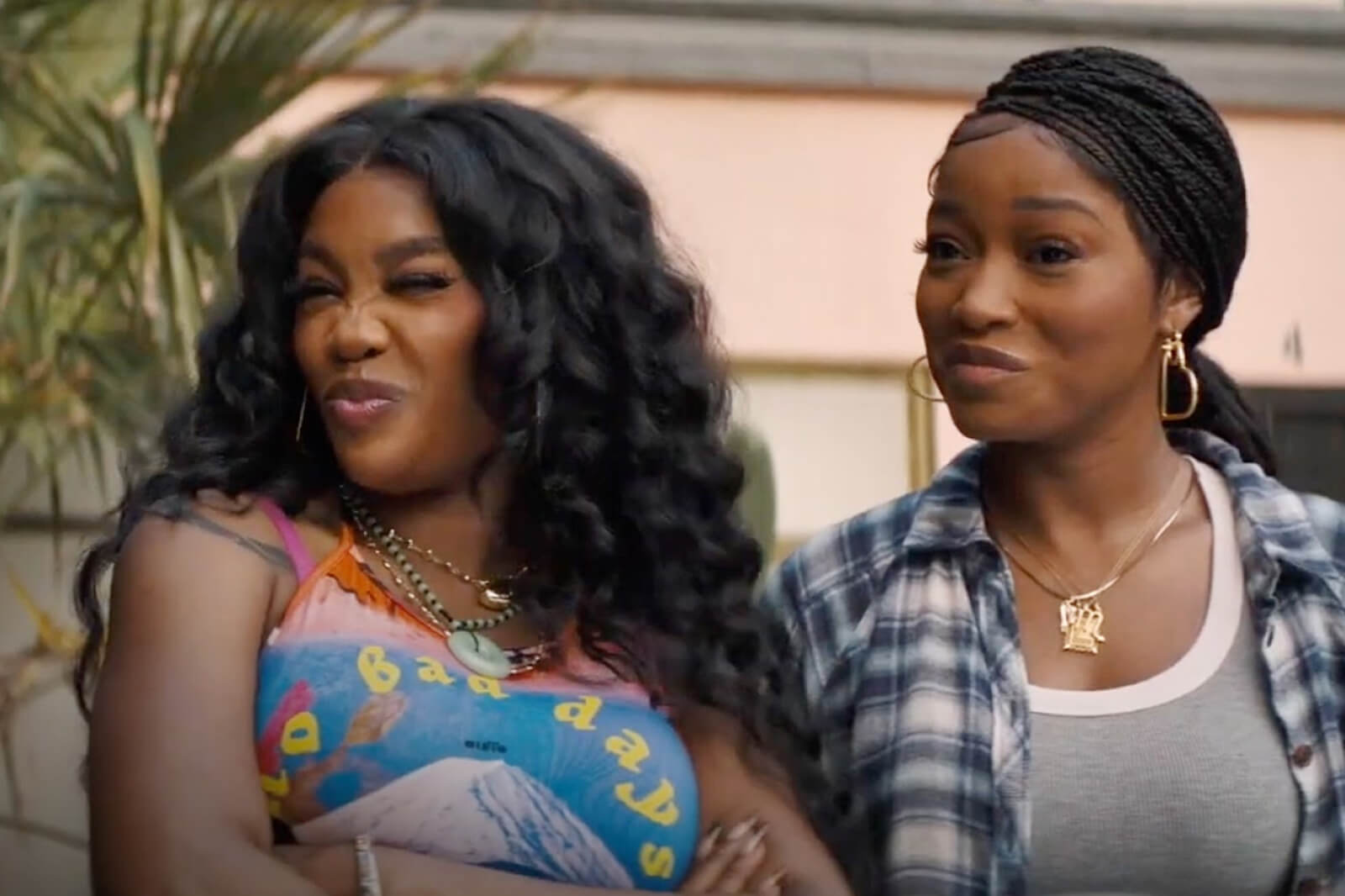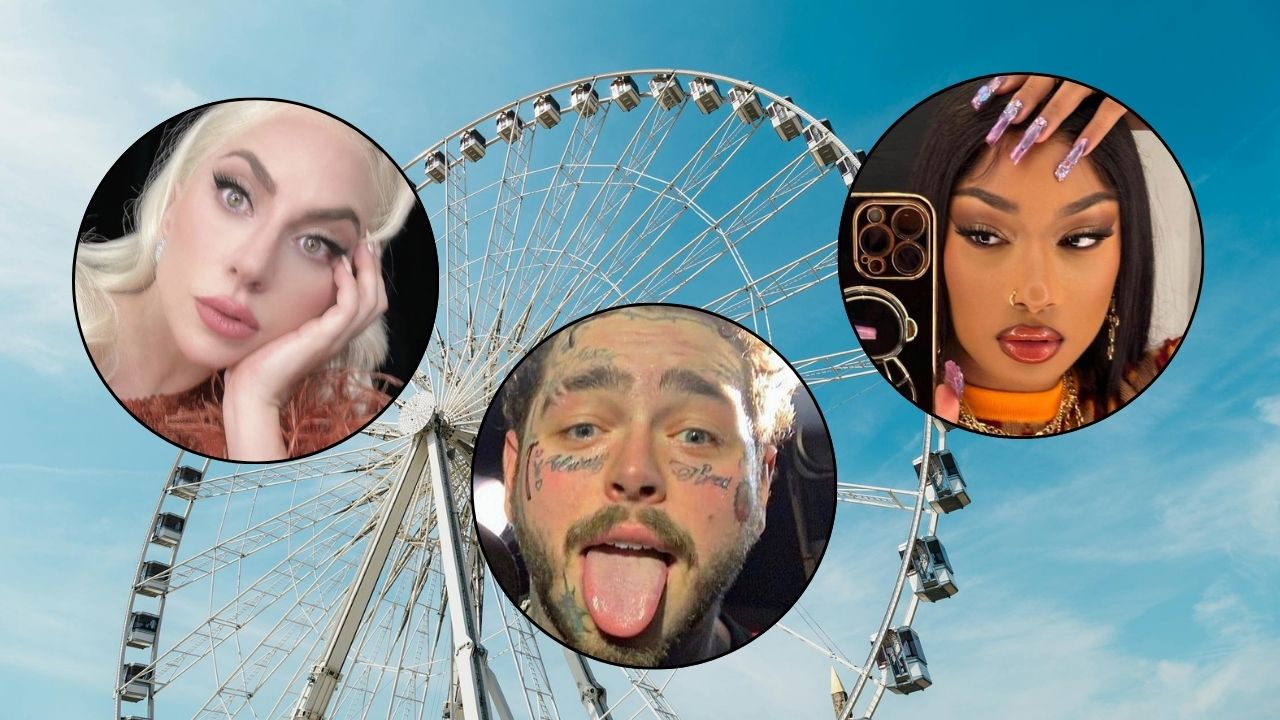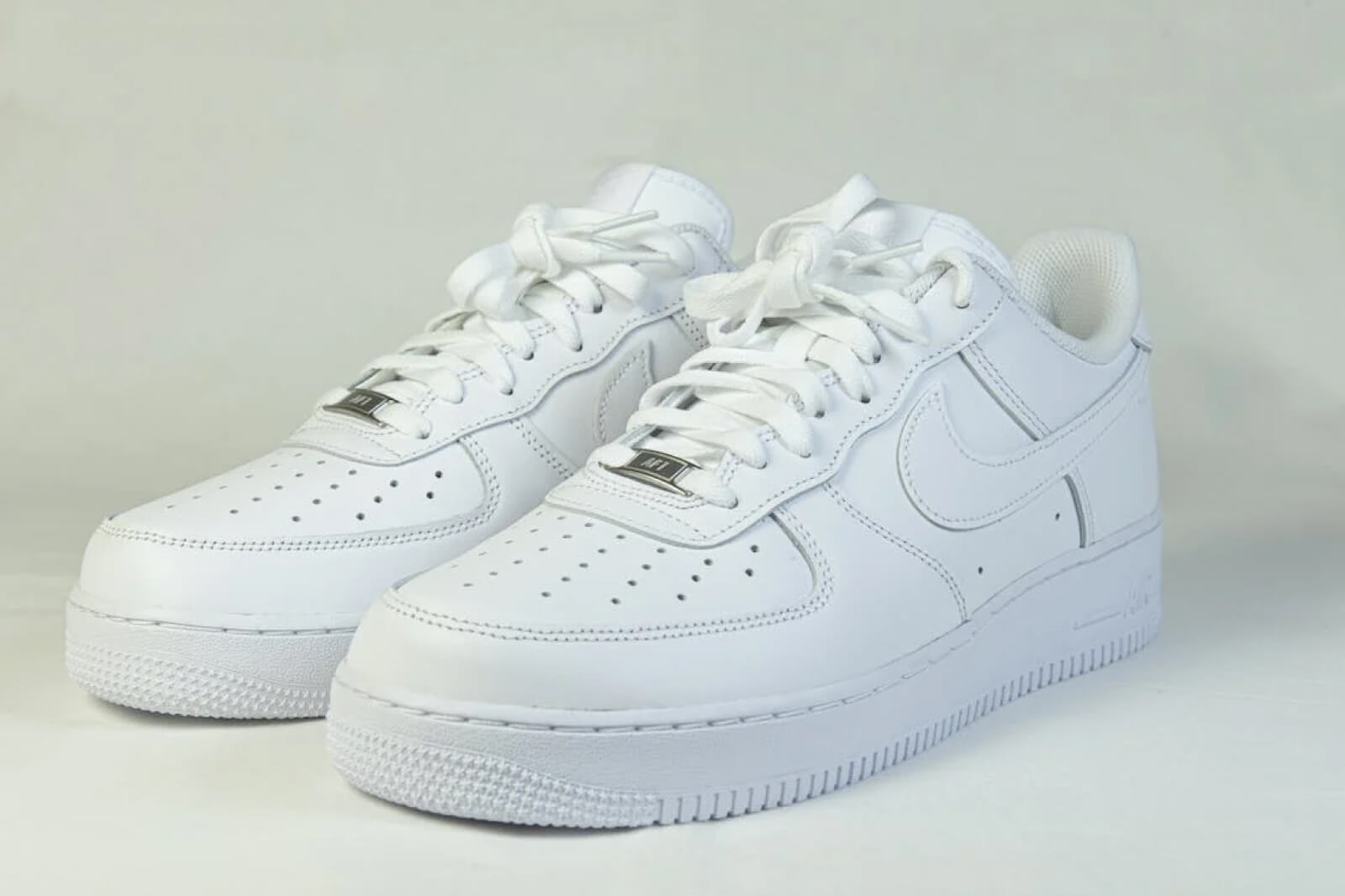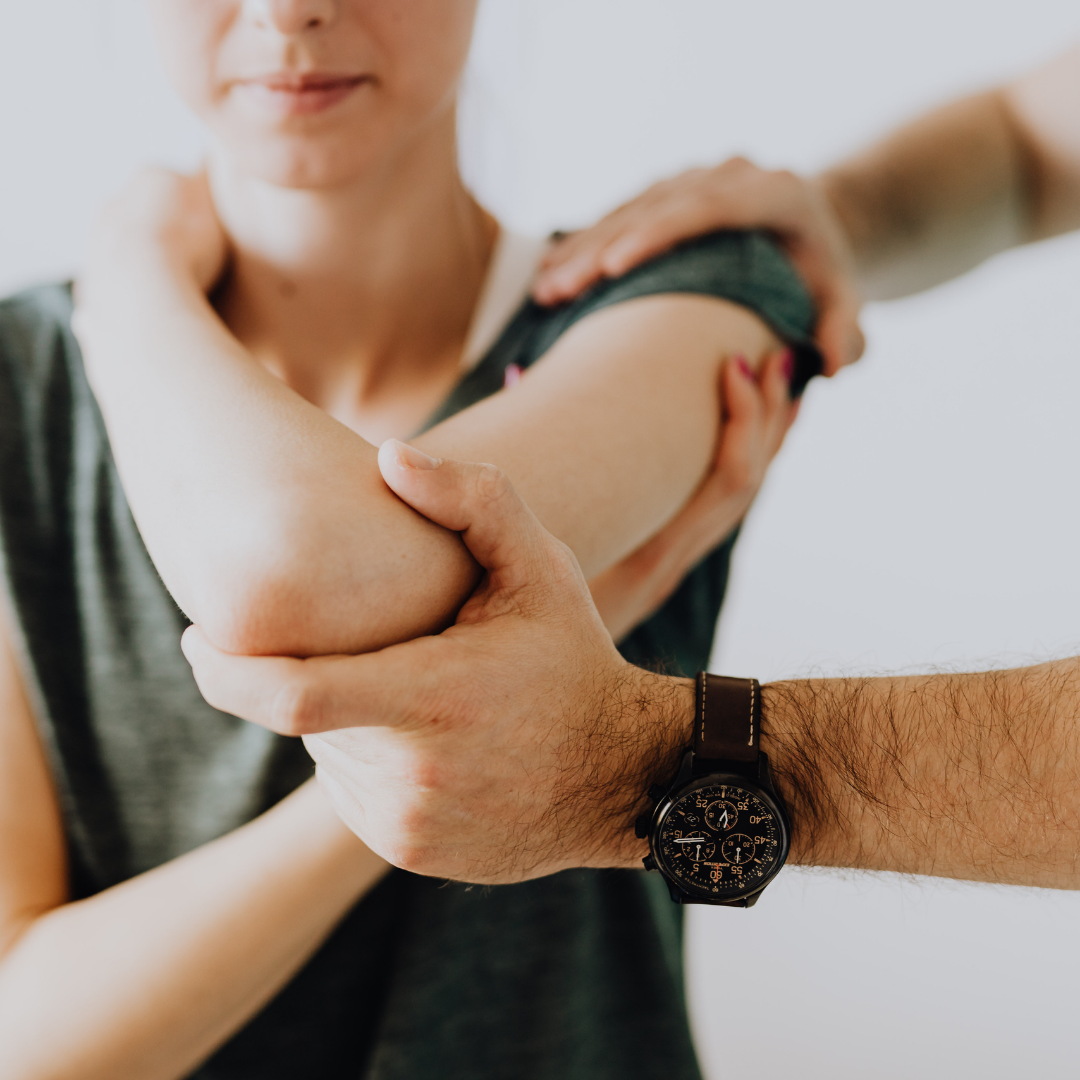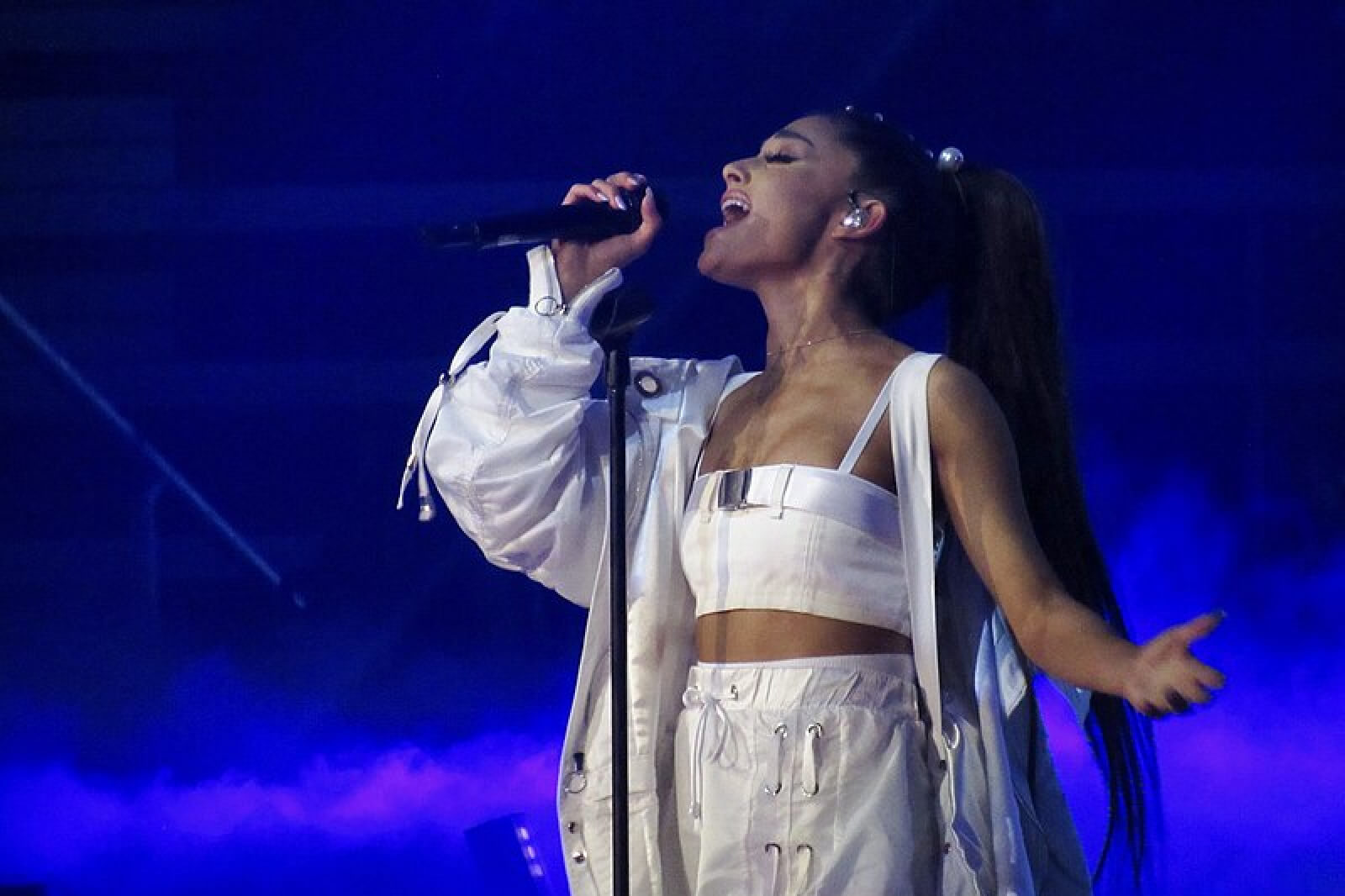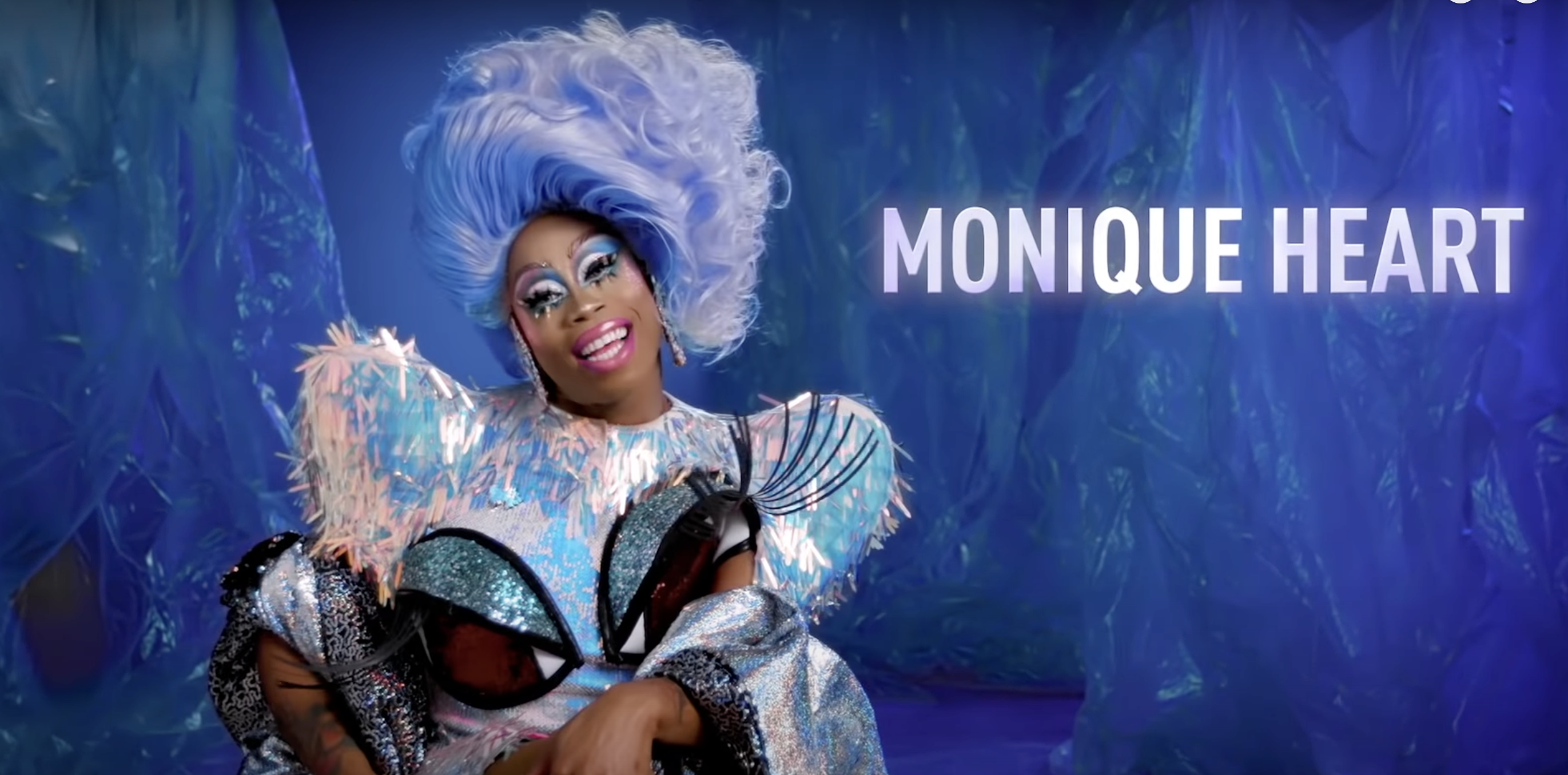
Monique Heart - RuPaul's Drag Race
via YouTube.com
There’s a lot to say about the various social justice pitfalls of RuPaul’s Drag Race, from the discriminatory exclusion of trans contestants to RuPaul Charles’ recent fracking controversy.
One issue that hasn’t been sufficiently addressed is the show’s inherent class problem. With the costs of participating in the show exponentially mounting each season, this issue feels particularly prescient. Nowadays, drag queens have to spend down payment-sized amounts of money in preparation for competing, which creates an inherent class barrier and disadvantages working-class and poor contestants.
Bring It To the Runway
The major consistent segment in almost every episode of RuPaul’s Drag Race is a fashion show. After participating in a main challenge, the contestants present a look on the runway.
They prepare their outfits in advance based on a list of themes they receive from production just a few weeks before filming is set to start. That list includes looks for the runway as well as main challenges, so it’s estimated that contestants have to prepare between 25-30 outfits for a season of Drag Race.
And what makes for a good runway outfit? Creativity and taste come into play, but the other metric that is just as (if not more so important) is how expensive it looks. Judges use terms like “couture” when praising an outfit, while negative feedback focuses on garments looking “cheap” or “crafty.” Because of this, queens (especially ones without sewing skills) often spend thousands of dollars on a single look.
“You Don’t Need Money, Girl!”
Chi Chi Devayne’s storyline is an interesting example of Drag Race’s inaccessibility to working-class contestants. Devayne was a remarkable performer who passed away recently due to scleroderma.
On the show, she shared her difficult experience with poverty and gangs. Before coming on the show, she was working two jobs in addition to working as a drag queen, just to make ends meet.
In one memorable scene, Devayne attempts to explain that lack of money is the reason why her runway outfit isn’t up to the standards of Drag Race judge Michelle Visage. Visage immediately shuts her down, saying “You don’t need money, girl!”
Untucked: RuPaul’s Drag Race Season 8 – Episode 4 “New Wave Queens”youtu.be
While Visage’s statement was well-intentioned (and was followed by some genuinely good advice about asking for help), the abridged version that aired in the main episode rang false to most viewers.
In the critique, Visage even touches on the history of drag in the New York ball scene, when participants would put together outfits through thrifting and shoplifting. In practice, it’s hard to imagine that those ball looks would receive a positive critique from Visage on an episode of the show.
Despite accepting Visage’s critique at the time, Devayne’s interviews during season 3 of RuPaul’s Drag Race All Stars show that she clearly believed that having money would have improved her performance on her original season.
The hilarious and charismatic Monique Heart presents a similar example. When she was accepted to the show, not only did she not have enough money to commission outfits; she didn’t have the money nor the credit to buy the fabric she needed to make her own. By the time she raised the funds needed to make those purchases, it was too late, so she came on the show with bolts of fabric instead of finished garments. As a result, she faced the added challenge of preparing every runway outfit from scratch while competing.
On the same season, Miz Cracker, who also grew up in poverty, had to take out a loan that, according to a statement she made on the show, was higher than the one she had to take out for her university education.
It’s important to note that while some contestants have to take out loans to be able to participate in the show, queens of color have a much harder time obtaining credit, and the options available to them are often predatory.
Drag Race’s emphasis on looking “expensive” and “couture” presents a challenge to all working-class contestants, but it hurts queens of color more than their white counterparts. In that sense, the Drag Race class issue is also a race issue.
It Wasn’t Always Like This
From the very beginning, Drag Race‘s format was clearly inspired by the ball culture of the 1970s and ’80s, especially as represented in the documentary Paris is Burning. The ball scene grew out of the need of homeless, largely Black and Latin-American queer youth for a community and a creative outlet.
This showed in earlier seasons of Drag Race when there was an understanding that contestants came with limited resources. Runways weren’t as important to the competition (and when they were, there was a greater emphasis on sewing), and class wasn’t as big of a hurdle.
Winners of early seasons like James Ross (performing as Tyra Sanchez), Sharon Needles, and Jinkx Monsoon were able to win despite not having expensive outfits. Ross was a talented seamster, Needles was praised for her punk approach and DIY looks, and Monsoon won based on her talent as a performer.
Why Does This Matter?
To a certain extent, Drag Race simply mirrors the inequality of life under capitalism. Starting out rich will always provide an advantage while starting out poor (especially both poor and Black) makes things much harder. So why judge the show harshly when it simply exemplifies real life?
Drag Race is more than just a reality show. Despite its flaws, the show is the biggest mainstream platform for queer artists, and it’s one of the few places where stories about queer people of color are told. This is one of the few spaces in the media where viewers can see their politicized lived experience represented.
The show itself also gets explicitly political. Fans have come to call the segment when queens apply their makeup before the runway “social justice corner” based on the topics they discuss. This year, episodes ended with contestants dancing with signs urging viewers to vote (not to mention the fact that Alexandria Ocasio-Cortez appeared as a judge).
Considering the show’s commitment to social justice and its inherently political nature, it makes sense that the politics of Drag Race are more closely scrutinized. It is exactly the kind of TV show that should exemplify justice and equality.
How Drag Race Can Fix the Problem
There are many important demands to be made of the show, especially when it comes to questions of gender identity and race. Class is another element of equity that needs to be addressed.
For Drag Race to become a more equitable contest without losing its drama, it needs to de-emphasize the runway portion of each episode while boosting the importance of performance-based challenges. Drag is a performance-based art form, and episodes with major comedy or musical challenges don’t need a runway portion at all!
More importantly, the judges’ classism needs to stop. The history of drag, in general, and of the drag that inspired Drag Race, in particular, was never something that belonged to the upper classes.
While the occasional challenge that focuses on couture garments is exciting, it doesn’t need to be the main goal of every runway challenge, and terms like “crafty” shouldn’t be used as critiques. It’s not too late for the show to return to its roots, and for affordable, visibly DIY creations to be celebrated as great drag once again.
- ‘RuPaul’s Drag Race’ Star Adore Delano Releases Sexy ‘Jump the … ›
- RuPaul’s Drag Race Recap—’No T, No Shade, No Pink Lemonade … ›
- Halloween Costumes That Only Make Sense In 2020 – Popdust ›




